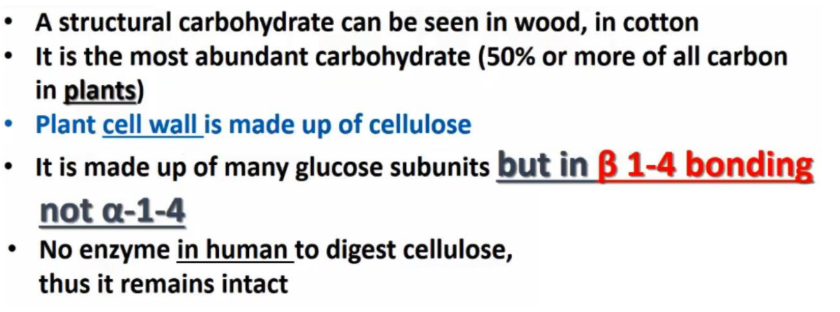Chapter 3 - Chemistry of Life part 1
1/36
There's no tags or description
Looks like no tags are added yet.
Name | Mastery | Learn | Test | Matching | Spaced |
|---|
No study sessions yet.
37 Terms
Biomolecules
Carbohydrates, lipids, proteins, and nucleic acids
Organic compounds
Made up of carbon and hydrogen at the same time, with or without any another element.
Carbon Atoms
form up to four covalent bonds to complete its octet:
• single, double, or triple
• straight or branched chains
• rings
What is an isomer?

Types of isomers
Structural, geometric, and enantiomers
Structural isomers
same molecular formula but
different structural formulas (different
covalent arrangements)
Geometric isomers
(cis–trans isomers) ; different spatial arrangements
Enantiomers
mirror images
Hydrocarbons
• carbon and hydrogen only
• Nonpolar
• hydrophobic
Non-polar Covalent Bond
A bond between 2 non-metal atoms that have the same electronegativity and therefore have equal sharing of the bonding electron pair.
Polar Covalent Bond
A bond between 2 non-metal atoms that have different electronegativities and therefore have unequal sharing of the bonding electron pair.
Electronegativity
Ability to attract electrons
Functional Groups
• Polar (hydroxyl and carbonyl)
• Acidic (carboxyl and phosphate)
• Basic (amino)
Hydrophilic
associate strongly with
polar water molecules
Acidic group
• release hydrogen ions
• become negatively charged
Basic group
• accepts a hydrogen ion
• become positively charged
Polymers
• long chains of monomers
• linked through condensation reactions
Macromolecules
• large polymers
• polysaccharides, proteins, and DNA
• broken down by hydrolysis reactions
Monosaccharide
• simple sugar (one sugar unit)
• typically contain three to seven carbon atoms.
•hydrophilic due to the large number of polar hydroxyl group.
Disaccharide
• 2 monosaccharides (two sugar units)
• joined by glycosidic linkage (usually between carbon 1 of the molecule and carbon 4 of the other molecule)

What functional group is formed when one carbon in a monosaccharide is double-bonded to an oxygen atom?
A carbonyl group (C=O).
What functional group is bonded to each carbon in a monosaccharide, except one?
A hydroxyl group (–OH).
What type of monosaccharide is formed when the carbonyl group is at the end of the carbon chain?
An Aldehyde
What type of monosaccharide is formed when the carbonyl group is located at any other position in the carbon chain (not at the end)?
A Ketone
Alpha glucose and beta glucose are
isomers
Polysaccharides
• Is a macromolecule
•Long chains (simple or branched) of repeating units of simple sugar, usually glucose.
The 3 Types of Polysaccharides
. Starch
. Glycogen
. Cellulose
Storage polysaccharides
• starch in plants
• glycogen in animals (For humans, it is
stored in muscles and liver)
Structural polysaccharide
• cellulose, cell walls of plants (serve as
fibers to the digestive system)
Starch
• Energy storage in plants
• Polymers of α-glucose (α-1-4 glycosidic linkage)
• Can exist in two forms:
- Amylose: simpler form “Un-branched”
- Amylopectin: more common form “branched”
• In Plants, the synthesized starch is stored inside
the “Amyloplast”
Which type of glycosidic linkage can be broken down by all organisms?

True or False: Starch consists of highly branched chains that form coils or helices.
True, the chains are stabilized by hydrogen bonds between hydroxyl groups of glucose subunits, forming a helical structure.
Glycogen

Cellulose


What structural change leads to the formation of amino sugars?
Replacing one hydroxyl group (–OH) with an amino group (–NH₂) in a carbohydrate molecule forms amino sugars like glucosamine and galactosamine (found in cartilage).
How do carbohydrates and proteins interact in the cell membrane?
They associate to form glycoproteins—proteins with carbohydrate chains attached. These are found on the outer surface of the cell and are common in secreted proteins like mucus.
How do carbohydrates and lipids interact in the cell membrane?
They form glycolipids through glycosidic linkage. Glycolipids act as markers for cellular recognition.